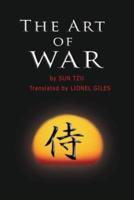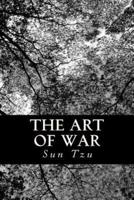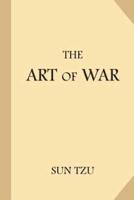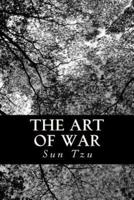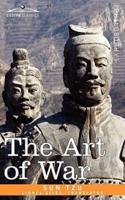Publisher's Synopsis
Written in 500 BC, The Art of War, by Sun Tzu, is the foremost war strategy manuscript. This book will teach you when to battle, when not to battle, how to battle, how not to battle, and how to win every time you battle.
Further key notions presented are: how to maintain an army, how to carry through a battle plan, how to gather intelligence, how to allocate resources, how to maintain high morale, how to weaken the enemy, how to deceive the opponent, and how to survive a battle.
Several prevalent strategies shared by Sun Tzu are:
- Battle if you are to win.
- Let your plans be dark as night, and when you move, fall as a thunderbolt.
- Appear weak when strong, and strong when weak.
- Successful warriors win first and then war. Defeated soldiers war first and then seek to win.
- All conflict is deception.
- Move swift as wind and solid as wood. Attack like fire and remain motionless as a mountain.
- Those who desire to battle must first consider the cost.
The Art of War can be divided into three sections and the first two chapters, plus the last chapter, explore strategies of positional awareness. The second section highlights methods to expand. And the third section explores strategies to respond offensively and defensively.
In the end, the strategies of Sun Tzu are basically an offensive-defensive order-maneuver before fighting, commit not until the opponent has revealed his hand, then deceive the enemy by engaging or attracting with one force while striking with another contingent.
The Art of War is a valuable read for every war strategist and it is categorized under 13 headings. Use this knowledge wisely.
- PRELIMINARY RECKONING
- OPERATIONS OF WAR
- THE ATTACK BY STRATAGEM
- THE ORDER OF BATTLE
- THE SPIRIT OF THE TROOPS
- EMPTINESS AND STRENGTH
- BATTLE TACTICS
- THE NINE CHANGES
- MOVEMENT OF TROOPS
- GROUND
- NINE GROUNDS
- ASSAULT BY FIRE
- THE EMPLOYMENT OF SPIES




